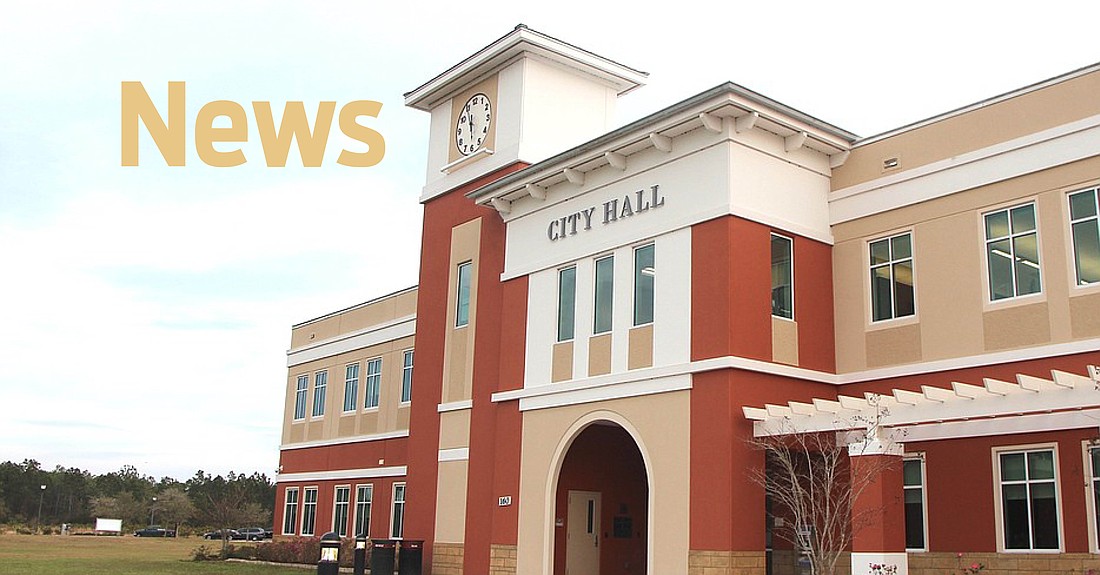- January 4, 2025
-
-
Loading

Loading

A 2015 U.S. Supreme Court ruling may change the way Palm Coast regulates signs.
The new draft of a new sign policy would let people have up to six non-commercial signs in their yards and remove regulations based on a sign's content. Instead, the proposed changes would regulate signs based on the zoning of the property where a sign is located.
The Palm Coast Planning and Land Development Regulation Board previewed a first draft of the possible new sign regulations for Palm Coast at its Oct. 18 meeting. The U.S. Supreme Court ruling for Reed v. Town of Gilbert essentially ruled that city regulations on signage cannot be content-based, city attorney Jennifer Nix said.
“It’s not just us,” Nix said. “Cities across America are having to change their regulations.”
Nix and Palm Coast Deputy Chief Development Officer Ray Tyner said the changes to the city's Unified Land Development Code would make city code align with the legal rulings and apply city regulations fairly. The city's sign code was last amended in 2012, Tyner said.
The draft would also, in some cases, loosen regulations on how many signs a property can have. If approved, for example, the draft policy would allow for two real estate signs on a for-sale lot, while the current policy only allows one.
Homeowners would be allowed up to six “non-commercial” signs — which would include political signs — no greater than six square feet or greater than six feet in height.
City staff worked in conjunction with the Flagler County Association of Responsible Developers, the Palm Coast-Flagler Regional Chamber of Commerce and the Flagler County Realtors Association on some of the proposed regulations, according to the meeting documents.
The Planning Board will review the proposed changes and vote on them at its Nov. 15 meeting. From there, the ordinance will be reviewed by the Palm Coast City Council in December.